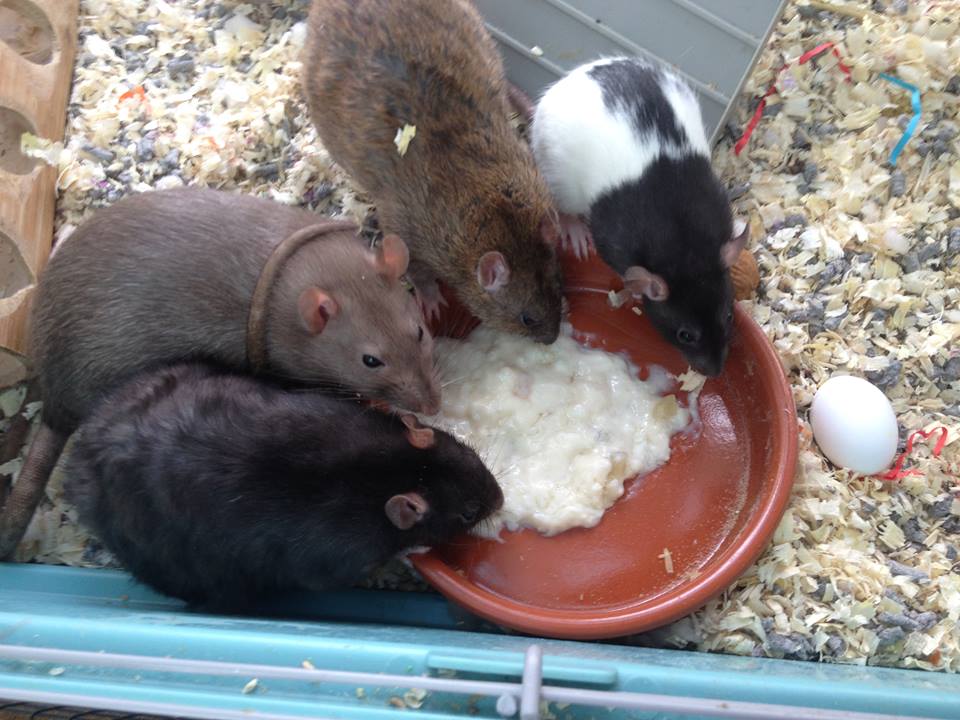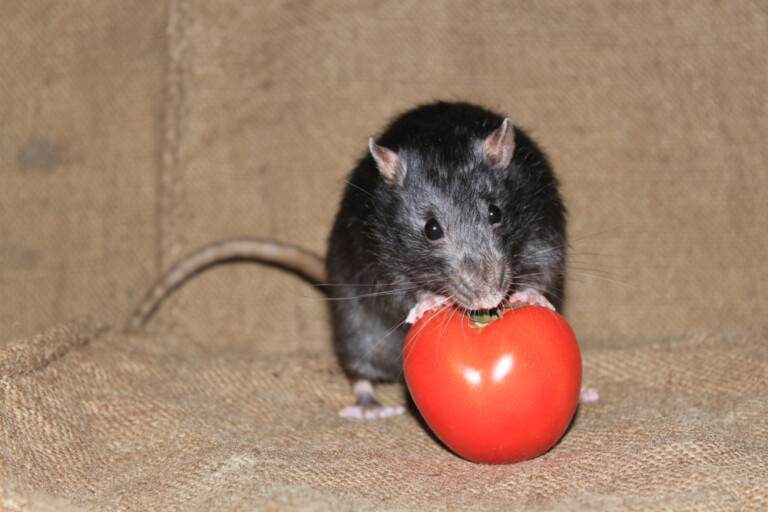


White rats are also bred in great numbers to suoply the demand for research by labs, pharmaceutical industries and universities. There is little information indicating that Feral cats (Felis catus) consume rats predominantly in the Galapagos islands.Įconomic Use: The albino or white rats are reared as pets in some countries, these do not have a high economic value, however they are sold in pet stores. In the Galapagos Islands they are prey to short-eared Owl (Asio flammeus), barn owl (Tyto alba), occasionally Galapagos hawks (Buteo galapagoensis). They use their acute sense of hearing to avoid predators. Black rats are agile and fast climbers, managing to escape easily. However, predation by these has little effect on numbers at the population level. In the wild, these rats are prey to weasels, foxes and various birds of prey. Natural enemies: Often, black rats fall prey to cats (Felis catus). They relate through sounds, little by little they become more independent from the parents until they reach sexual maturity and adopt an independent behavior.ĭistribution origin: A native species to India, Rattus rattus has spread worldwide, on continental landmasses as well as islands and islets, in urban and rural areas as well as natural areas. The young go through a learning phasein close proximity of the mother at the age of three weeks are able to live without milk and begin to venture and subsequently become very active. The newborn ears open a week after birth and their eyes after two weeks, then they begin to eat solid food taken to them by the mother. When the young are born their eyes and ears are not open, the body lacks hair, their limbs are small.

Females can get pregnant within a period of 24 hours postpartum. In Galapagos, the reproduction is seasonal and occurs in the warm season (January to June). The female produces up to five litters per year from six to twelve individuals. Reproductive biology: Females are poliestric, their sexual cycles last four to six days, experiencing periods of heat from nine to twenty hours, and the gestation period is 21-23 days. They are very agile, with a keen sense of hearing, they can sense danger and evade predators easily Being so large crowds, they displace other species found in the areas they invade. The reproductive capacity helps in their successful colonization, under favorable conditions, the female produces up to five litters per year, every six to twelve pups. Their ability to forage selecting the most nutritious food makes them successful in the places where they settle. Persistence mechanisms: They are predators adapted to different micro habitats. They prefer food with a high protein and nutritional content. Their diet is varied and includes arthropods, snails, worms, seeds, fruits, stems, rhizomes, leaves, fungi, terrestrial birds, seabird chicks and eggs of tortoises and turtles, and juvenile turtles. Feeding preferences: As generalists, black rats exhibit a great deal of flexibility in their foraging behavior.


 0 kommentar(er)
0 kommentar(er)
